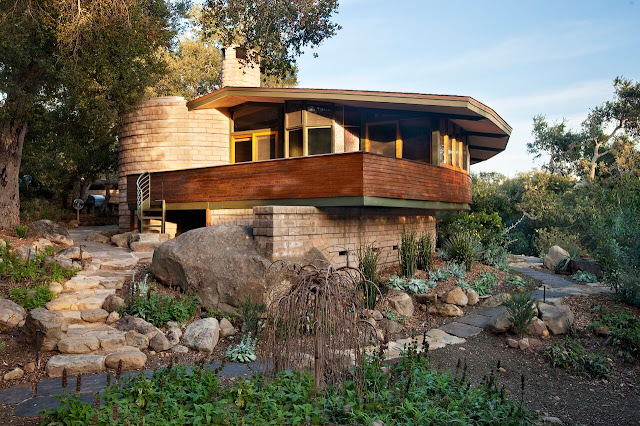Updating the curb appeal of your home can easily be done with minor refinishes. Changing the color of your shutters and front door, adding or subtracting landscaping, or a good power washing are just a few easy updates you can do as a homeowner. But what about a big impact? A really big change to the exterior of the entire home - a modification to the exterior cladding.
This list will be extensive so we've broken this topic out into a 4-part series. In this series, we’ll be covering the different types of exterior cladding available. We’ll discuss the pros and cons, estimated costs, durability and maintenance.
Before we get started, here are a few things to keep in mind when making this large investment.
- Climate
- This is a major factor in your choice of finish. For example, if your home is located where it would be inundated with constant moisture, such as a coastal home, stucco may not be the best option for the exterior. It’s porous and would allow moisture in, creating a really moldy mess and further problems down the line.
- Architecture
- The exterior finish should match the style of your home. A Victorian home would look pretty out of place with a turret wrapped in a sheet of corrugated metal. Unless avant garde is the style you were going for. This can affect the value of your home as well.
- Regulations
- Is your home located within a historic district? Or perhaps you belong to a homeowners association that prevent certain types or colors of exteriors. This would be something you can discuss with the appropriate officials so prior to your project. Wouldn’t it be dreadful to go through this size project only to be asked to remove it or change it?
To summarize, investigate the type of material you are leaning towards. Be absolutely sure the materials you choose fit the setting, style, and rules of your neighborhood or land.
Brick and Stucco
Brick
Pros: Brick is one of the most durable materials for an exterior finish. It’s made from fired clay, which offers very good fire protection and can last for about a 100 years. Maintenance is pretty easy, since it does not need to be painted and it is resistant to rotting and fading. It comes in a variety of colors, textures, and styles, that can be laid in whatever pattern you desire. Bricks solid nature means outside noises are reduced. And it’s an energy efficient material, making your energy bills lower, which in turn is cleaner for the environment.
Cons: Brick is more expensive initially, but it may be worth it due to longevity and lower maintenance costs. Damaged bricks are difficult to replace and require removal of a larger section, which we can be expensive to repair. Brick will add significant weight to the foundational structure of the home which needs to be accounted for. And finally, changing brick out for a new look can be very difficult.
Cost: It’s pricey. On average, a homeowner can expect to pay $6-12 per square foot, not including installation by a professional.
Durability: It’s one of the strongest materials out there and it will last a long time. It also offers strong protection against fire, rotting, fading, and has a low absorption rate to water.
Maintenance: There is very little maintenance is required with brick. Occasionally, the mortar between the bricks may need to be replaced.
Stucco
Pros: Stucco is a cement compound mixed with fine sand, hydrated lime, and water. Dependent on the climate, a variety of cements will be used. When an appropriate water and vapor barrier is used between the stucco and the exterior, the dried material creates a highly durable, fire and rot resistant and energy efficient material. You can personalize the cement with pigments or the dried stucco can be painted. Textures can also be carved into the wet stucco or it can be left smooth.
Cons: As mentioned above, the cement base is porous and susceptible to significant moisture if it used near extreme water conditions. Cracking can occur as the house settles and will begin to pull away from the vapor barrier if water gets inside.
Cost: Similar to brick, stucco costs $3-9 per square foot. Professional installation is required, adding to the cost as well.
Durability: Within the right climate, stucco is an extremely durable surface lasting 50-80 years. It can also be reapplied over itself or a concrete block. Typically, stucco is applied over a base of wire mesh, building paper or plywood sheathing. Stucco requires a minimum of three applications, allowing each application to entirely dry to maximize durability.
Maintenance: To avoid separation due to cracking, an annual check of stucco should be performed. Fixing cracks before they become a bigger problem makes the durability higher. The cracks can be resurfaced and covered, using the same technique as the original application. Dirt and stains can be removed easily, using a standard garden hose and mild soap. Pressure washers should be avoided as they can damage the surface.









No comments:
Post a Comment